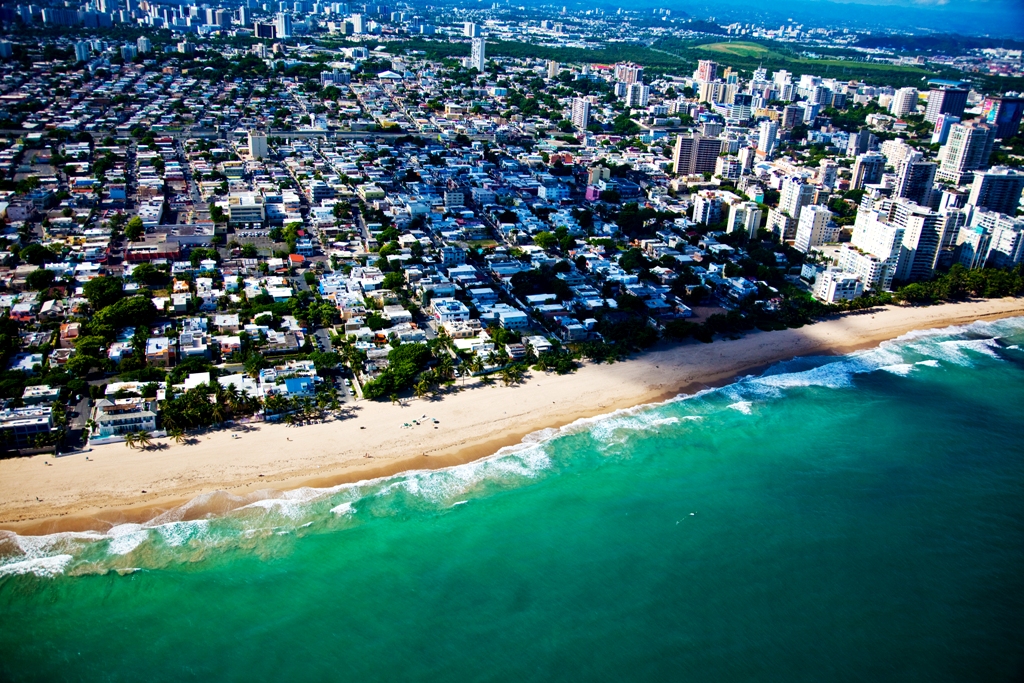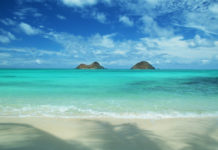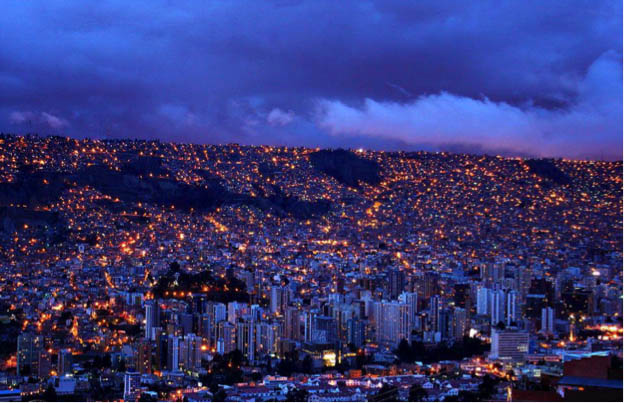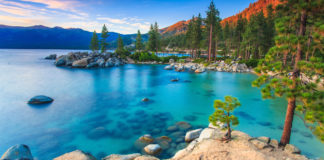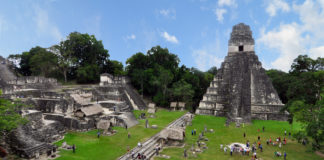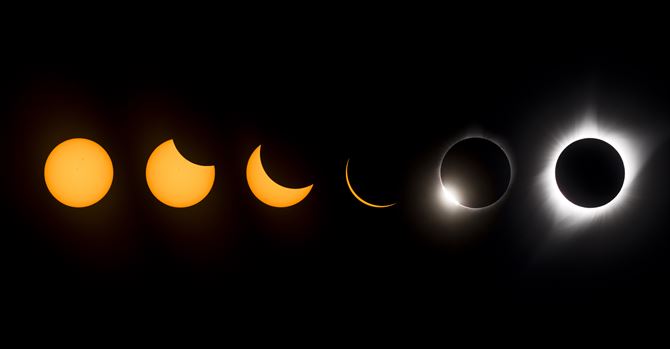
The recent solar eclipse was the most-observed and most-photographed eclipse in history. However, if you didn’t get a chance to see it, don’t worry: the next eclipse will take place on July 2, 2019 – crossing Chile and Argentina.
A Beautiful Astronomical Phenomenon
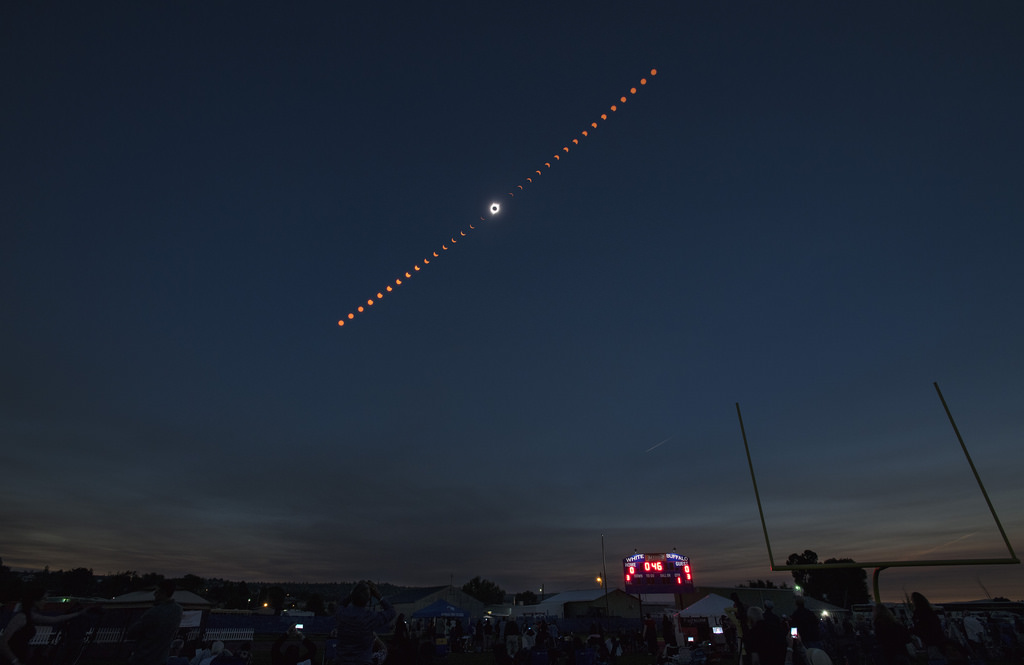
Total solar eclipses usually tend to occur every 18 months or so, when the Moon passes directly between the Earth and the Sun on its orbit around planet earth. If you’re in the right path of the Moon’s shadow — which is known as the path of totality — you will get the opportunity to see the Sun go dark.
Chile And Argentina Are Next
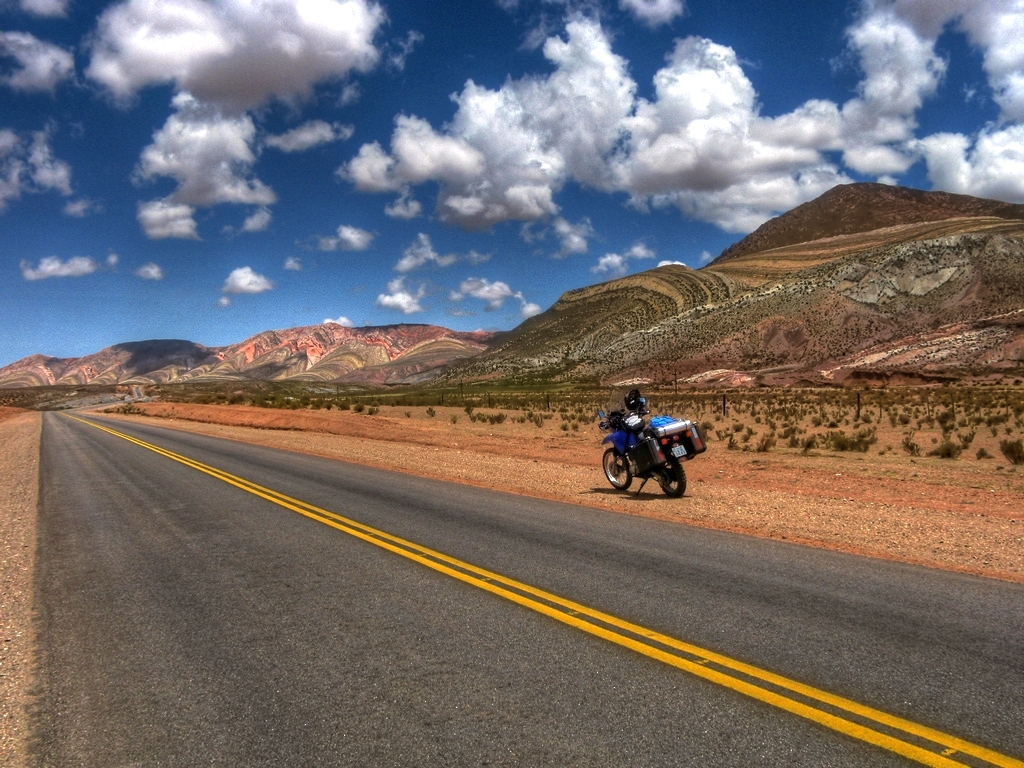
It has been determined that an eclipse on July 2, 2019 will span a huge arc across the southern Pacific, before crossing South America. The moon is expected to block out the sun for more than 4 minutes over Chile and Argentina – far longer than 2017 great eclipse, which lasted a little more than two minutes in the path of totality. Both of these countries also have the good fortune of being under the path of the next eclipse the following year, in 2020.
The Best Solar Eclipse Views

The path of totality will cross some huge observatories in Chile’s Elqui Valley — a perfect area for stargazing — as well as Argentina’s traditional ranching region, called the Pampas. For anyone interested in traveling to this destination, you can book an accommodation on fabulous stargazing-themed hotels located in the Valley. Before it hits land the eclipse will pass close to the remote Pitcairn Islands in the South Pacific; luxury cruises are already being offered for this occasion.
Other Wonderful Destinations
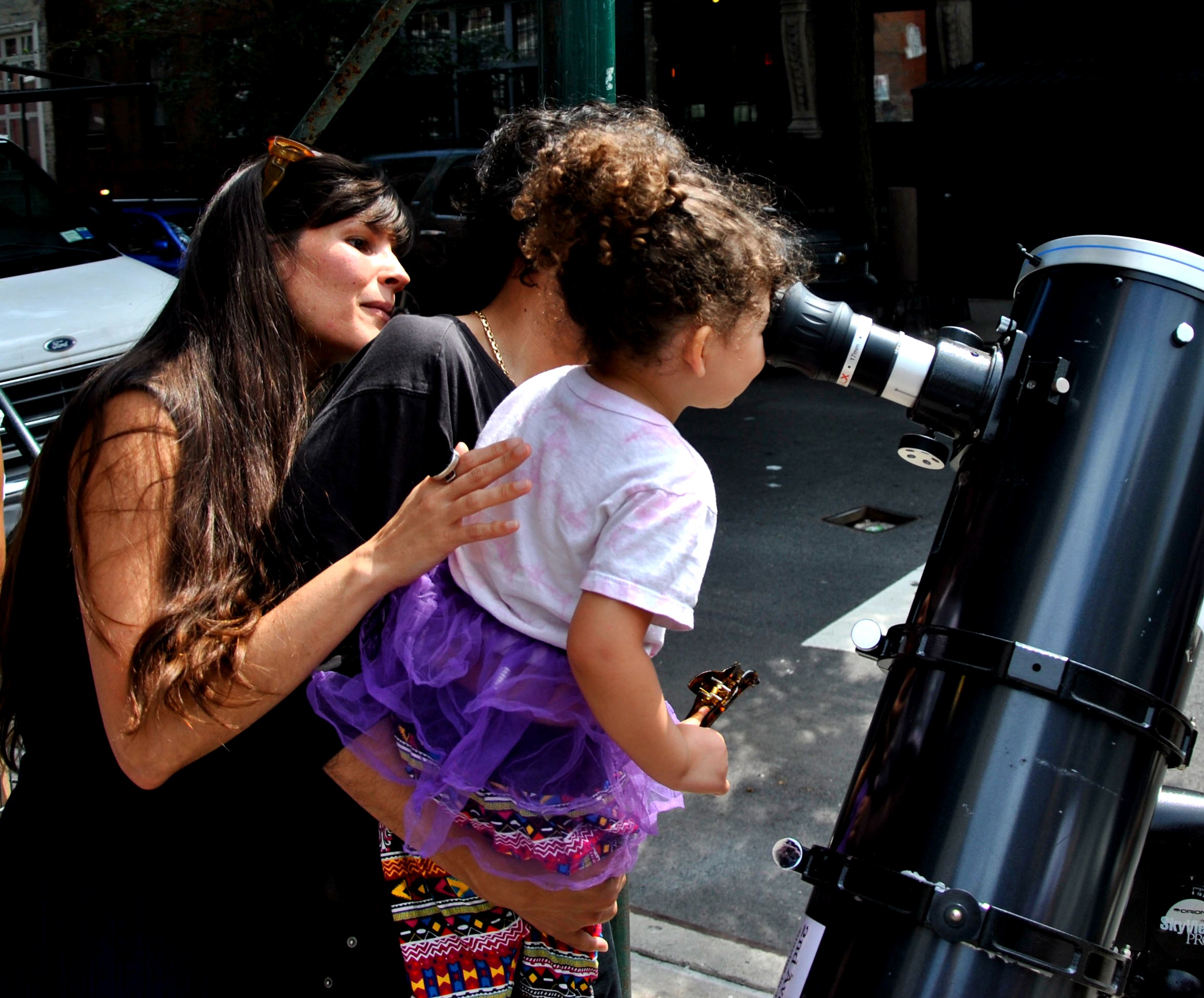
People in the United States will have to wait less than seven years for the next total solar eclipse. The April 8, 2024 eclipse will pass over cities such as Austin, Dallas, Cleveland, New York, and Montreal. The path of totality will travel through Mexico, Texas and up across the highly-populated north-east of the US.
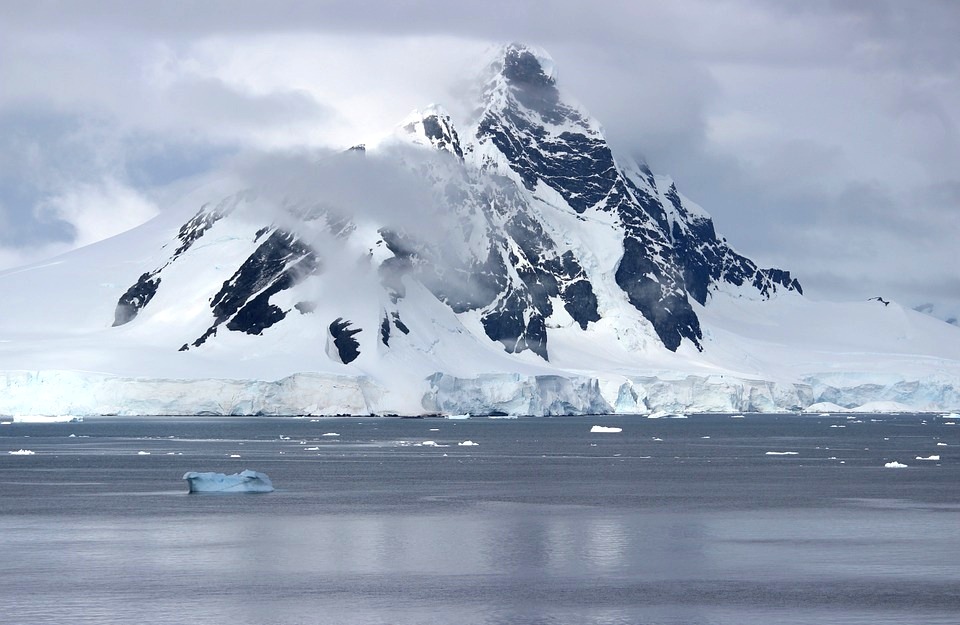
You can also travel in 2021 to Antarctica; go to the Arctic, Greenland, Iceland, Spain for 2026; visit Morocco, Spain, Algeria, Libya, Egypt, Saudi Arabia, Yemen, Somalia for the 2027 event or plan a trip to Australia, New Zealand to 2028.
If you want to be extra sure about your astronomical travel destination, you can check out NASA’s record of every solar eclipse that will take place over the next 1,000 years.
Plan Ahead

Flight costs and hotels usually skyrocket by the time the event is about to happen. Special astronomical event are always expected to draw millions to the regions located in what’s known as the path of totality, where you’ll be able to see the Moon completely cover the Sun for just a few minutes. Remember to plan for traffic and anticipate bad cell phone service. It is also recommended to print hard copies of maps and directions, as your phone or GPS may not get consistent service.
Another helpful tip is to bring cash: Retailers rely on the Internet to process credit/debit transactions and the influx of people may slow those systems.
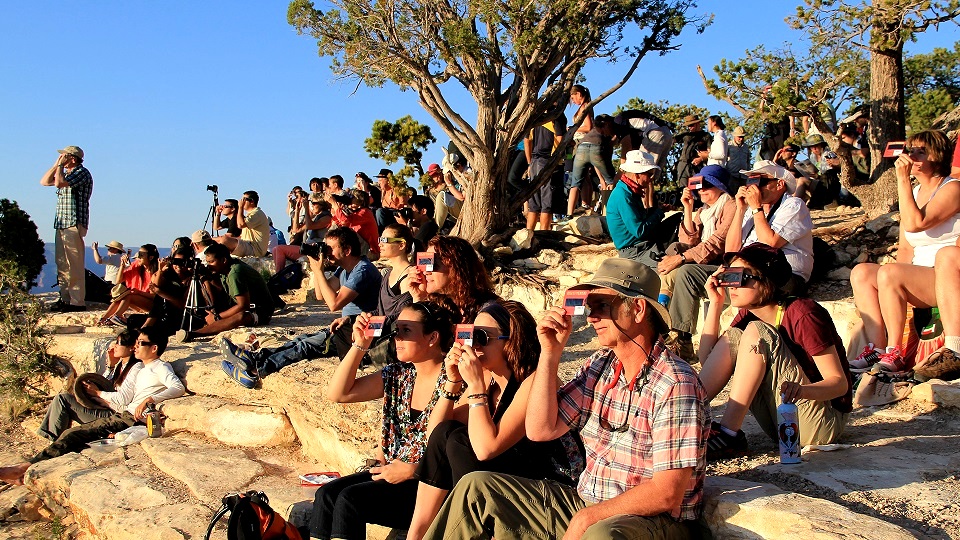
Don’t forget your solar eclipse glasses and consider extending your stay to avoid the worst of the traffic on your return journey.
A Safe Way To See The Eclipse
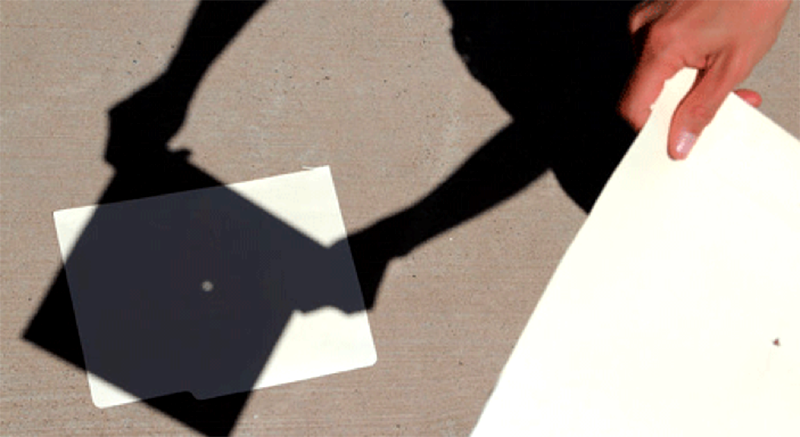
The sun constantly emits invisible infrared rays that can cause damage to your eyes. Ordinarily, there’s no valid reason to gaze at the sun. It may seems that an eclipse gives a reason, but it’s still not recommended.
The safest way to view a solar eclipse is through a “pinhole camera”. This viewing method is safe so long as you remember not to look through the binoculars or telescope when they are pointed right toward the sun. Just remember to never look directly at the sun when any part of its blindingly bright surface is actually visible.
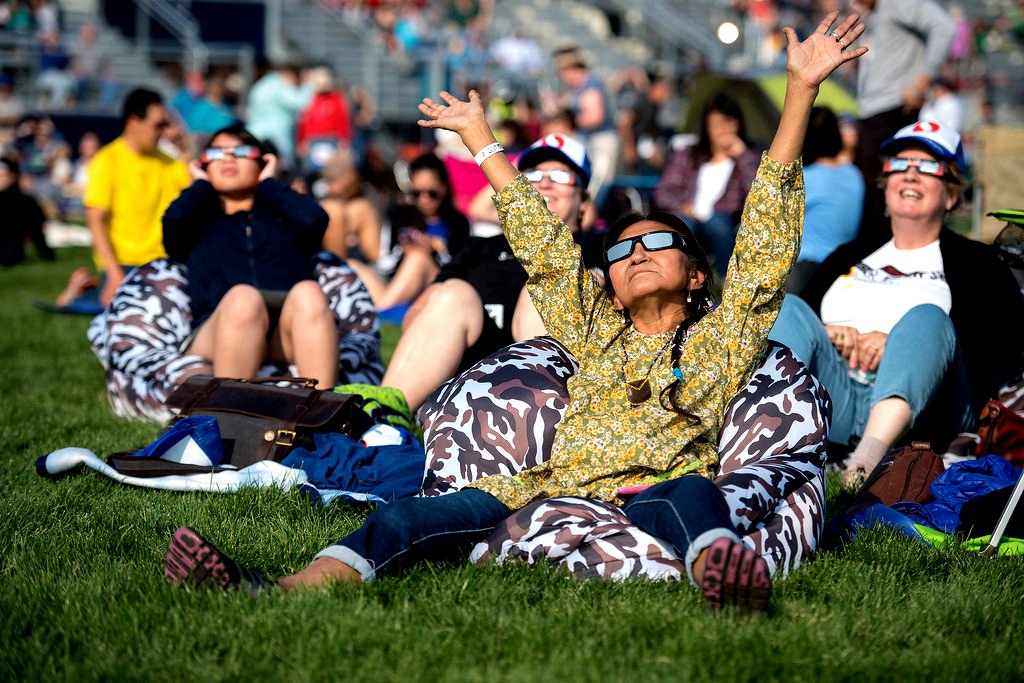
Some acceptable filters for unaided visual solar observations include aluminized Mylar. Some vendors carry Mylar filter material specially designed for solar observing. Another method is with a shade 14 arc-welder’s glass, available at welding supply shops. Don’t forget to test your filters and/or viewing techniques before the day of the event.
More Information

